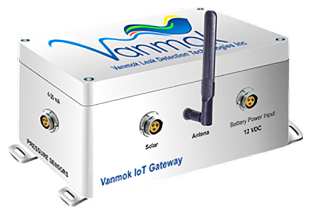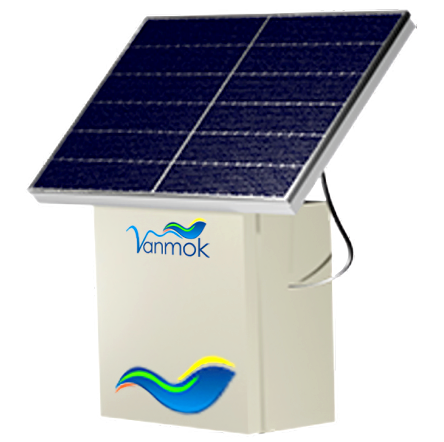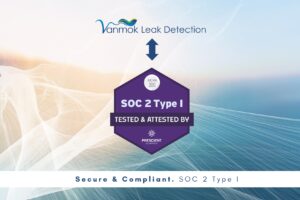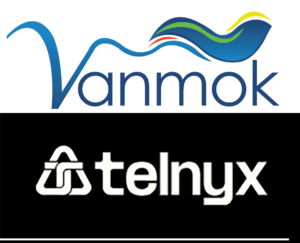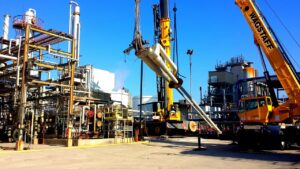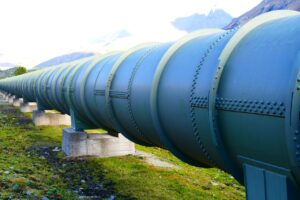As the oil and gas sector increasingly relies on cloud-based leak detection technology to ensure pipeline safety and efficiency, it’s crucial to address the potential cybersecurity risks associated with these cutting-edge systems. We are committed to providing the best possible cloud-based leak detection solution, which includes sending true positive alarms while minimizing false alarms, improving pipeline detection, and reducing environmental disruption. However, to fully harness the potential of our state-of-the-art solution, it is necessary to consider the cybersecurity challenges it may bring.
In this blog post, we will delve into the key cybersecurity challenges that arise when implementing cloud-based leak detection technology in the oil and gas industry. First, we will discuss the potential risks associated with data transmission and storage in the cloud environment, as well as the importance of ensuring the integrity of network connections and the robustness of security protocols. Next, we will explore the best practices and strategies that can be employed to fortify cybersecurity in the context of cloud-based leak detection, which will involve addressing aspects like data encryption, access control, incident response planning, and employee education.
Understanding the Key Cybersecurity Risks
As cloud-based leak detection technology gains traction in the oil and gas industry, it is essential to be aware of the key cybersecurity risks associated with these systems. A thorough understanding of these risks will help organizations implement appropriate countermeasures and protect their pipeline operations effectively. The main cybersecurity risks to consider include:
- Data Breaches: Unsecure data transmission and storage in the cloud can expose sensitive information to malicious actors, potentially causing significant disruption to oil and gas operations.
- Unauthorized Access: Inadequate access control mechanisms may allow unauthorized individuals to access the cloud-based leak detection system, potentially leading to misconfiguration and, ultimately, system failure.
- Network Vulnerabilities: Weaknesses in network connections between the cloud and the on-site pipeline network can create openings for cyberattacks and subsequent system compromises.
- Malware Infections: A lack of stringent security protocols can leave cloud-based leak detection systems vulnerable to malware and other forms of malicious software.
Establishing Robust Data Encryption and Access Control
To defend against the cybersecurity risks, it is crucial to implement a comprehensive set of data protection measures that include robust data encryption and strict access control. Some best practices in this regard are:
- Encrypt Data at Rest and in Transit: All data stored within the cloud-based leak detection system and any data transmitted between components should be encrypted using strong encryption algorithms to prevent unauthorized access.
- Implement Multi-Factor Authentication (MFA): MFA should be used for all access points of the cloud-based leak detection solution, requiring users to provide two or more forms of verification before access is granted.
- Regularly Update and Review Access Permissions: Regularly evaluate the access permissions of users and service accounts to ensure only necessary accesses are granted to minimize potential security risks.
Strengthening Network Security and Incident Response
Maintaining a secure network connection and forming a proactive incident response plan are essential to safeguarding cloud-based leak detection systems. Follow these best practices to mitigate network vulnerabilities and prepare for potential incidents:
- Monitor Network Traffic: Regularly monitor network traffic for signs of unauthorized access or suspicious activity to detect cyber threats in their early stages.
- Implement Network Segmentation: Creating separate network segments isolates essential components of the cloud-based leak detection system, limiting the potential damage in the event of a cyberattack.
- Develop an Incident Response Plan: Establish a proactive incident response plan that outlines protocols for identifying, containing, and addressing potential cyber threats to ensure a swift and organized response to security breaches.
Fostering Cybersecurity Culture through Employee Education
Finally, promoting a cybersecurity culture through employee education can go a long way in protecting cloud-based leak detection technology from potential risks. Take these steps to educate your staff on cybersecurity best practices and techniques:
- Provide Regular Training: Offer periodic security awareness training to ensure staff members are familiar with new and emerging cyber threats and are capable of identifying and reporting any suspicious activity.
- Establish Cybersecurity Policies: Develop comprehensive cybersecurity policies that cover topics such as data handling, network access, malware prevention, and incident reporting, and ensure that employees are made aware of these policies.
- Encourage Collaboration and Communication: Foster an environment in which employees can openly discuss cybersecurity challenges, share insights, and collaborate on developing and implementing preventive measures.
Securing the Future of Cloud-based Leak Detection in Oil and Gas Operations
Addressing the cybersecurity challenges associated with cloud-based leak detection technology is a crucial component of successful implementation in oil and gas operations. By acknowledging the risks, establishing secure data encryption and access control measures, strengthening network security, and fostering a cybersecurity culture through employee education, organizations can bolster the overall security and effectiveness of their cloud-based leak detection solutions.
Are you concerned about the cybersecurity challenges of cloud-based leak detection technology in the oil and gas industry? Look no further than Vanmok, your go-to team that provides worry-free solutions. Our team of experts is dedicated to providing top-notch solutions to the cybersecurity challenges of cloud-based leak detection technology, helping you ensure the safety and security of your operations. Contact us today to learn more about our innovative solutions and discover how we can help you safeguard your operations.

